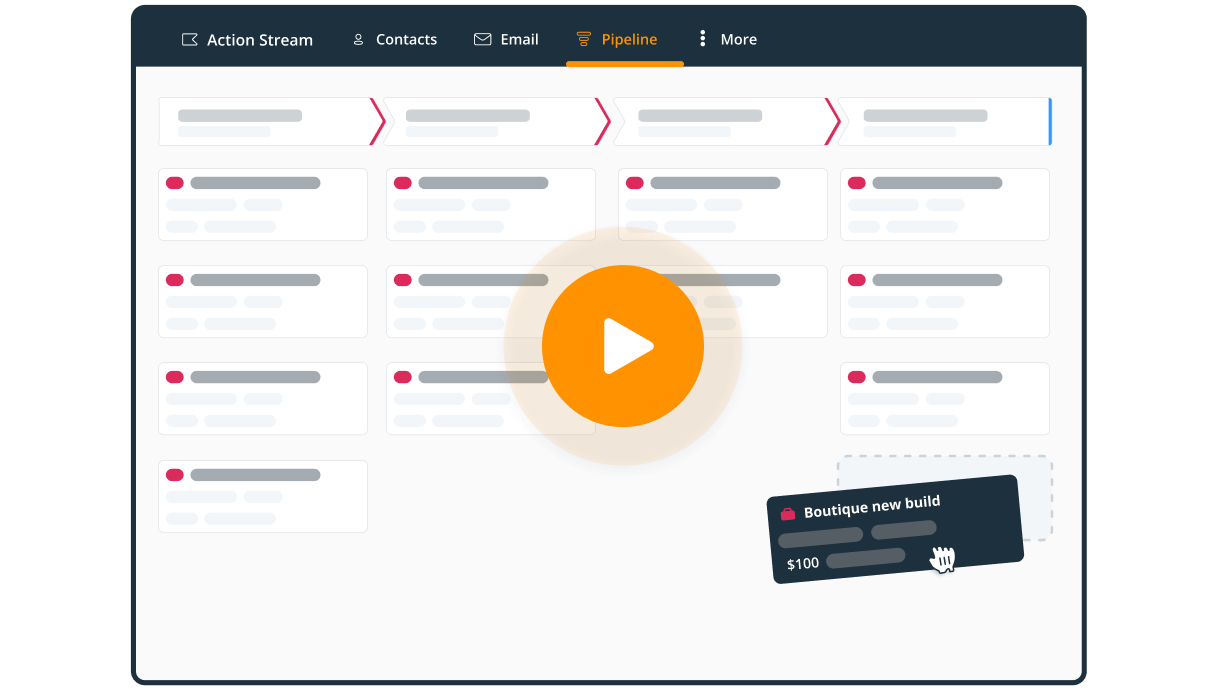
Why failing to engage with leads is costing you the sale

By the time you speak to your next prospect, it may be too late. The most recent research shows that many customers are up to 60% through their decision-making process before they get in touch with a salesperson.
Even more stunning, you only get 12% of your prospective customer’s attention throughout the purchase path. Early engagement with prospective customers is key to sales success.
Customer engagement
Like it or not, customers aren’t waiting around for you to give them information to close the sale; they are going after it themselves. That’s the result of living in a world where almost everything is instantly accessible online. An article on Forbes points out that prospects now check out your website to see what interests them, consume free content and talk to their peers on social media. We already know about the power of peer influence for millennials, but it turns out that no business sector is exempt from that trend.
What does this mean for making sales in this era? I believe there are four steps every sales professional has to carry out to be in tune with customers in the digital age: monitor, engage, inspire and measure.
Let’s look at these steps in detail.
1. Monitor and manage your reputation
The 2014 State of B2B Procurement study from Acquity Group gives more insight into your customers’ behavior.
For example:
- 84.3% check out your website before they do business with you.
- 77% use Google search
- 41.8% check out user reviews
- 34% look at 3rd party websites to find out about you.
The question is: what will they find when they check you out?
With so much of the sales prequalifying happening before customers speak to you, it’s essential to keep tabs on your online profile so you KNOW what they are seeing. Consider:
- Running a Google search to see what comes up about your company
- Monitoring user reviews
- Tracking your brand via a simple alerts tool or something with more depth like Trackur
Check for consistency of branding and messaging, and ensure that your content answers common questions for potential customers.
Monitoring is also about identifying trends related to your business so you are always on-topic – more on that in a moment. Social listening tools and engagement dashboards will help you to achieve this.
2. Join the conversation
If you get the monitoring process right, then you can engage with your customers. To make the most of this, follow this three step process.
2.1 Find out who’s talking and who’s listening
This is about identifying the people who are influencing your customers by talking about the topics that interest them. You can find these influencers by using tools like Twtrland, Buzzsumo and Trackur.
2.2 Influence the influencers and your customers by curating and sharing great content
If you are always on-trend (or ahead of it), influencers will share your curated content with their audiences, and your potential customers will see it too. Buzzsumo is especially useful for helping you to find what’s trending, but you can also use Twitter trends, Scoop.it and LinkedIn Pulse to find content that’s important in your sector.
2.3 Join the conversation when you can make a difference
When time is limited, you can’t take part in everything, but monitoring online conversations around your brand will help you figure out when it’s time to engage with prospective customers. If you’re part of the conversation, you are helping to shape how prospective customers see you and indirectly helping to make the sale.
3. Inspire your customers
Do you know what your customers value? They value value. That’s not double-speak. It’s a way of saying that how you jump into conversations online is important. You want to stand out (in a good way) which means no “me-too” interactions. When you use the tools above, you can identify gaps in the conversation so you can bring something new to the table. That makes you a leader, someone who inspires trust because of reliable insights and information.
Beware: this isn’t a hard sell. It’s about highlighting features and benefits and setting the context with other related information they will find useful. Take a look at some of the most successful businesses, and you’ll see that they constantly do things to inspire their customers. For example, soft drinks market leader Coca-Cola never stops campaigning to bring happiness and inspiration to the people who are already using its products.
4. Measure your progress
Monitoring, engaging, and inspiring won’t do much to help your sales unless you also measure every step of the process. Measuring gives you benchmarks so you can see what you’re doing well, and where you need to improve. It’s not about how many people you call or email; it’s about results, and there are plenty of tools to help you track your performance and success.
One aspect of that is organizing your customers so you can easily see when prospects become firm leads and sales. But you also have to embrace web, mobile, and social analytics to see how your engagement efforts are doing. And you have to tie everything together so you can measure ROI. Tools for doing this include:
- Google Analytics or an alternative analytics tool
- Social media dashboards – social sharing tools like Hootsuite and Buffer have built-in analytics
- Engagement dashboards – that really dive into social success
You could even use a tool like Cyfe to create a huge dashboard with multiple widgets that let you track everything from the same place. The point of using these tools is to ensure there are no surprises when the customer finally comes to you.
Do it all again
That’s not the last part, though. To be effective in the modern sales process, you have to repeat the cycle, adding new actions to your list every time. Do this, and prospects and customers will see you as engaged and valuable and will pre-sell themselves on your products or services long before you meet.








